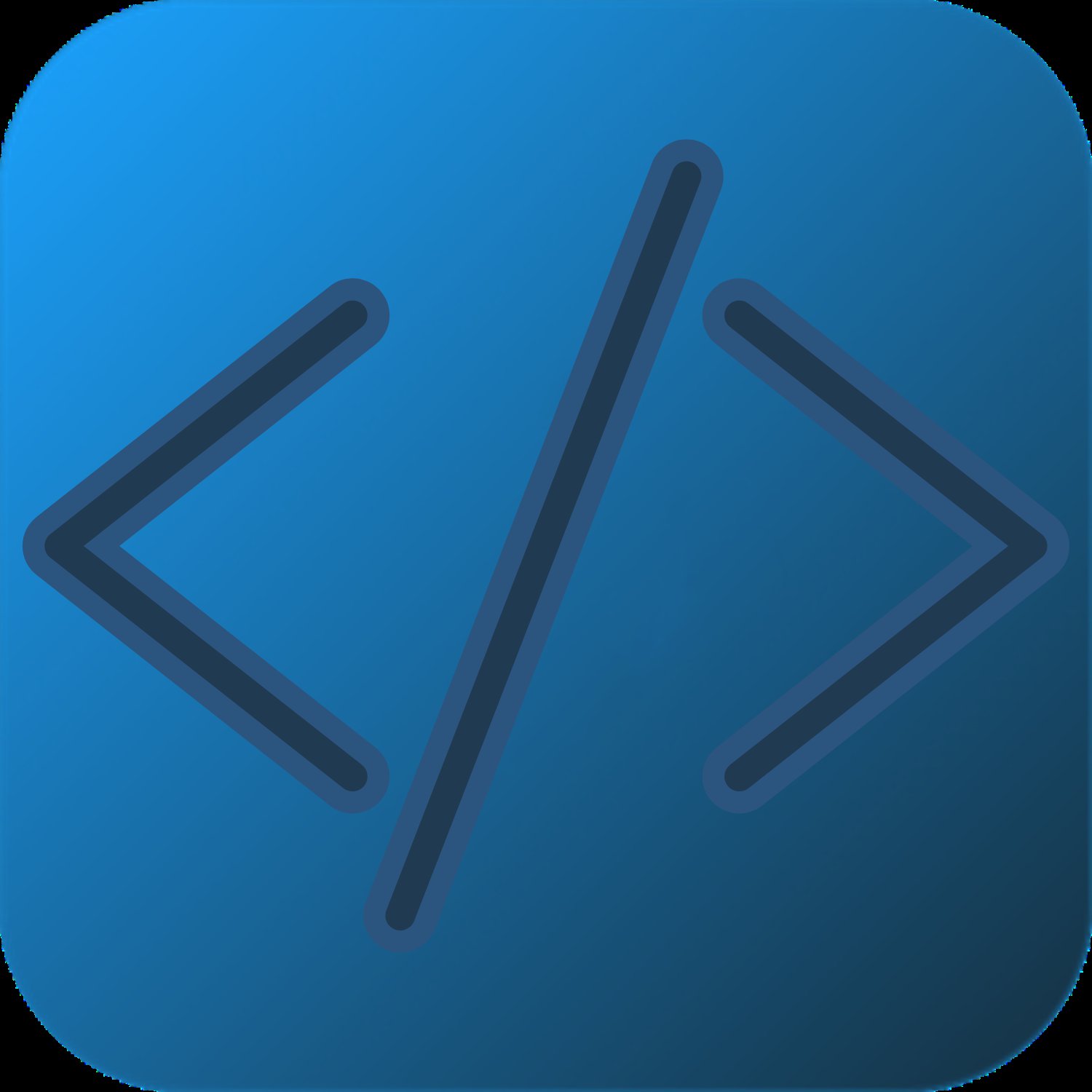Podcast: Play in new window | Download
Subscribe:
In this episode, we begin by expressing gratitude to the listeners for joining us on our Spanish learning journey. We acknowledge the progress they’ve made in their Spanish skills and inform them that we will soon start focusing on building phrases. We mention that there are some grammar topics that may be a bit challenging but are essential for forming and using phrases. We invite listeners to find all our episodes on our website, SpanishWithCarla.com, and encourage them to be active in our Facebook group, where we have received wonderful feedback and contributions from listeners, such as John DeMarco who shared beautiful Christmas music and songs. We emphasize the importance of commenting and sending feedback through our group or page.
Moving on, we provide some cultural background about January 6th, which is significant in most Latin American countries, as well as Spain, Portugal, and France. We clarify that this podcast is not religious but it’s important to understand the influence of the Catholic religion on Latin American culture due to the history of colonization by Spain and Portugal. We explain the story of Jesus and Mary encountering King Herodias, which led to the tradition of making a round cake called “rosca” with colorful fruits and a sweet sugary topping. We describe how small figurines representing baby Jesus are hidden inside the cake, and if someone finds a figurine in their slice, it is considered a sign of good luck for the year. We mention that this celebration is an example of how the Hispanic culture loves to come together and celebrate.
Next, we discuss the celebration of Rosca de Reyes on January 6th in Latin American countries, explaining that in the south of Mexico, kids ask the Reyes Magos for gifts, while in the north, both Santa Claus and the Reyes Magos are celebrated. We highlight the significance of the Rosca de Reyes cake in this tradition, explaining its shape and how the fruits on the cake symbolize the gifts brought by the wise men. We mention that on February 2nd, people gather to eat tamales and other foods. We also provide the spellings for Reyes Magos and Rosca de Reyes.
Transitioning into the next part of the podcast, we discuss grammar concepts in Spanish. We emphasize the importance of learning the verb “to be” (ser and estar) and how it is used to form phrases in Spanish. We provide examples such as “yo soy mujer” (I am a woman) and “yo estoy feliz” (I am happy) to explain the differences between ser and estar. We provide spelling guides for “soy” and “estoy” and remind listeners to pay attention to the pronunciation of the letter “y” in different positions within a word. We assure listeners that with practice and repetition, they will be able to understand and use these concepts effectively.
We then recap the pronouns and their associated forms of the verbs “ser” and “estar” that we’ve covered so far. We provide the conjugations for “yo soy” and “yo estoy,” “tú eres” and “tú estás,” “él es,” “ella es,” “él está,” and “ella está.” We move on to the plural forms, discussing “ellos son,” “ellas son,” “ellos están,” and “ellas están.” We also cover the forms for “we,” which are “nosotros somos,” “nosotras somos,” “nosotros estamos,” and “nosotras estamos.” We emphasize the importance of learning these conjugations for constructing sentences in Spanish.
In the next part of the podcast, we introduce ourselves in Spanish and discuss conjugations of the verb “estamos.” We share our own struggles with verb conjugations in English and encourage listeners not to feel discouraged. We then move on to the plural form of “you” in Spanish, “ustedes,” and discuss its conjugations. We reassure listeners that the gender of the subject does not matter for “ustedes.” We mention that in the next podcast, we will start constructing sentences using vocabulary words and promise to provide more vocabulary. We also mention the possibility of doing a live exercise on our Facebook group to practice pronouncing the “r” sound in Spanish.
Continuing with the lesson, we ask listeners to send videos for us to assess their pronunciation. We introduce the word for “car” in Spanish (“carro”) and explain that it becomes plural by adding an “s” at the end (“carros”). We explain that “big” is translated as “grande” and can also be translated as “large.” We give examples of how to use “grande” in singular and plural forms. We then introduce the word for “pretty” in Spanish, explaining that it is “bonita” for feminine and “bonito” for masculine. We provide examples using the word with both singular and plural nouns. Moving on, we introduce the word for “tree” (“árbol”) and explain how to make it plural by adding an “es” at the end. We mention that there is controversy around using the word for a female dog (“gata”), but it is the correct usage. Similarly, the word for “cat” is “gato” for male and “gata” for female, and they become plural as “gatos” and “gatas” respectively. Finally, we introduce the word for “store” (“tienda”) and explain that it remains unchanged in gender but can have a plural form.
In the last part of the podcast, we continue learning Spanish by practicing different sentences. We introduce the word for “school” (“escuela”) and explain that its gender doesn’t change. We provide examples of how to use it in singular and plural forms. We then introduce the words for “near” (“cerca”) and “far” (“lejos”) and explain their pronunciations. We mention that “cerca” doesn’t change when talking about multiple things. We conclude by stressing the importance of repetition and practice in learning Spanish, and we invite listeners to check out our Facebook group and page, as well as our website at SpanishWithCarla.com.
Like this:
Like Loading...




